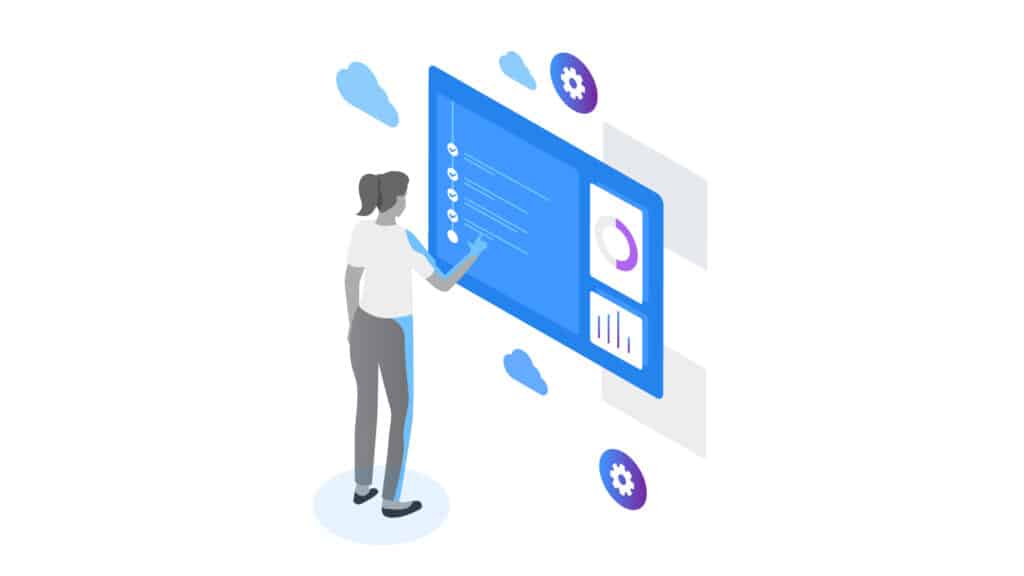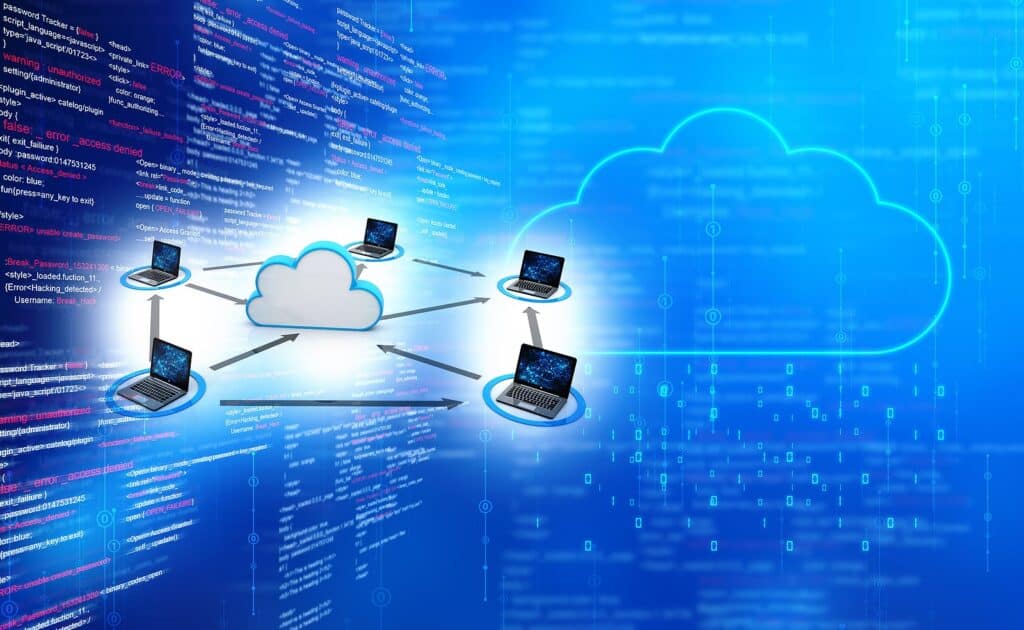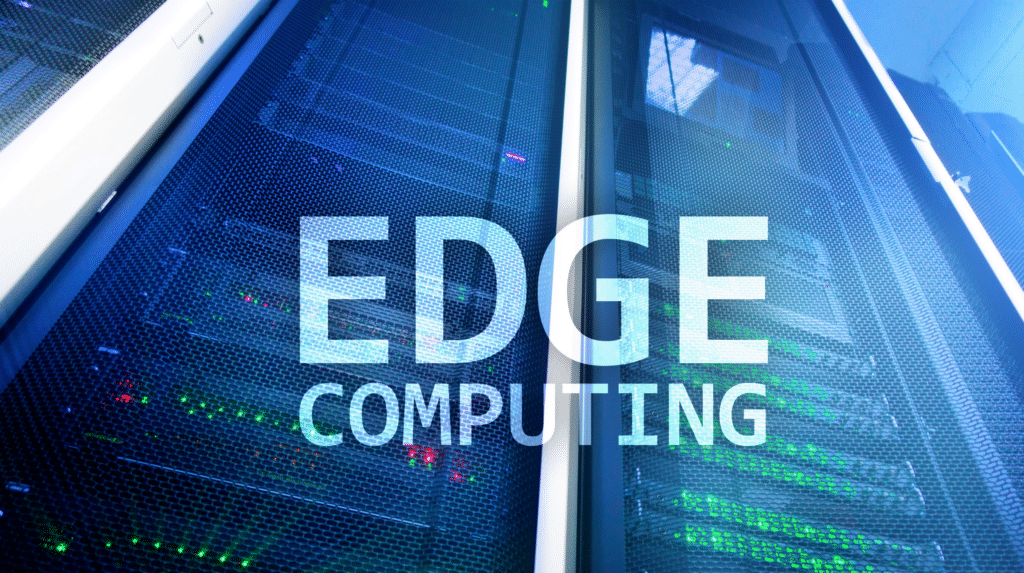Cloud computing has altered the way corporations operate by offering scalable, flexible, and cost-effective infrastructure. However, as technology continues to evolve, new trends in cloud computing have emerged. In this article, we will explore two emerging trends in cloud computing: serverless computing and edge computing.
Contents
Introduction to Cloud Computing Trends
Cloud computing has been around for over a decade, and during that time, it has undergone significant changes. Cloud providers have introduced new services and technologies to improve performance, scalability, and security. In recent years, two emerging trends in cloud computing have gained momentum: serverless computing and edge computing.
Serverless computing is a model in which the cloud provider manages the infrastructure and automatically allocates resources to run applications. In this model, the cloud provider handles the underlying infrastructure, including servers, storage, and networking, and the customer only needs to provide their code. With serverless computing, customers pay only for the resources they use, which makes it cost-effective. Additionally, serverless computing eliminates the need to manage infrastructure, which reduces operational overhead and improves scalability. Serverless computing allows businesses to pay only for the resources they use, which can result in significant cost savings. Serverless computing is highly scalable, as cloud providers can automatically allocate resources based on demand. Reduced operational overhead: Serverless computing eliminates the need to manage infrastructure, which reduces operational overhead and frees up IT resources.
Challenges of Serverless Computing
While serverless computing offers many benefits, it also presents several challenges. Serverless computing can have longer cold start times, which can impact application performance. Serverless computing limits the amount of control that businesses have over their infrastructure, which can be a challenge for businesses with specific requirements. Debugging serverless applications can be more demanding than traditional applications.
Edge Computing
Edge computing is a standard in which computing resources are placed closer to the end-user, which reduces latency and improves performance. In this model, computing resources are placed at the edge of the network, such as on a local server or a mobile device. Edge computing is particularly useful for applications that require low latency or real-time processing, such as IoT devices or streaming video. Edge computing reduces the distance that data needs to travel, which reduces latency and improves application performance. Edge computing can improve application reliability by reducing the impact of network outages. Edge computing can improve privacy by keeping data local and reducing the need to transmit data over the internet.
Edge computing can present security challenges, as computing resources may be distributed across multiple locations. Edge computing can be more complex than traditional cloud computing, as it involves managing resources across multiple locations. Edge computing is a relatively new technology, and there is currently a lack of standardization in the industry.
The Takeaway
As technology continues to evolve, newtrends in cloud computing are emerging. Serverless computing and edge computing are two emerging trends that are gaining momentum due to their ability to supply companies with cost savings, scalability, and improved performance. While serverless computing offers benefits such as reduced operational overhead and cost savings, it also presents challenges such as cold start times and limited control. Edge computing offers benefits such as reduced latency and improved reliability, but it also presents challenges such as security and complexity.
Despite the challenges, businesses that adopt these emerging trends in cloud computing can gain a competitive advantage by leveraging the benefits they offer. As technology continues to evolve, it is essential for businesses to stay informed about emerging trends in cloud computing and to evaluate whether they can help improve their operations.
In conclusion, serverless computing and edge computing are two emerging trends that businesses should consider when exploring new ways to leverage cloud computing. These technologies offer unique benefits and challenges, and businesses should carefully evaluate them to determine if they are the right fit for their operations. By staying informed and being proactive in adopting new trends in cloud computing, businesses can remain competitive and stay ahead of the curve in the rapidly evolving tech landscape.




